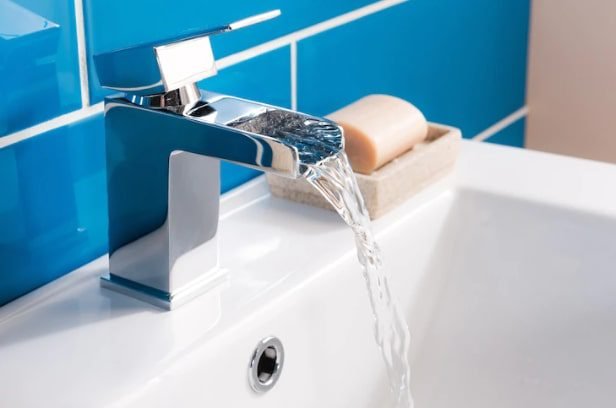Last Updated on February 16, 2024 by Nasir Hanif
What’s the difference between tap water and spring water? Is one better for you than the other? What’s the source of natural spring water? Let’s take a closer look at the pros and cons of each type of water so that you can make an informed decision about whether it’s worth investing in a water cooler, for example.
Table of Contents
Tap Water: The Pros
Tap water is treated with chlorine, which kills harmful bacteria that could make you sick. It’s also fluoridated, which helps prevent cavities by strengthening your teeth. Tap water is regulated by government bodies, which ensures that it meets certain safety standards. And finally, it’s significantly cheaper than spring water.
Tap Water: The Cons
On the downside, tap water can sometimes contain lead if your home has old pipes. It may also contain traces of other contaminants like pesticides, herbicides, and pharmaceutical drugs. Some people believe these contaminants can pose a health risk, although the scientific evidence is inconclusive. Additionally, tap water doesn’t usually taste as good as spring water because it can have a slight chlorine flavor.
Spring Water: The Pros
Like tap water, spring water is also safe to drink because it’s treated to kill harmful bacteria. However, many people believe that spring water tastes much better than tap water because it doesn’t have the chlorine flavor we just mentioned. Additionally, spring water typically contains more minerals than tap water and is typically sourced from more environmentally-friendly locations than tap water is.
Spring Water: The Cons
The biggest downside of spring water is that it costs significantly more than tap water – you need to pay for a delivery service and the accompanying accessories like water coolers, bottle racks, cups, and so on. Additionally, some critics argue that bottled spring water isn’t necessarily any cleaner or healthier than tap water – it all depends on where the spring is located and how well it’s protected from contamination.
Tap water or spring water?
So, which type of water should you drink? Ultimately, the choice is up to you. If you’re concerned about potential contaminants in your drinking water, then you may want to stick with spring water. However, tap water is probably the way to go if you’re looking for a more economical option. Whichever type of water you choose, make sure to stay hydrated!
Overview
Water is one of the essential resources for human life. There are different sources of water, such as tap water and spring water, each with its unique characteristics. While both tap water and spring water are safe to drink, they have several differences that can impact their taste, quality, and health benefits.
Tap water is usually sourced from municipal water systems that treat and purify water before distributing it to households. Tap water may contain trace amounts of chlorine, fluoride, and other chemicals used during treatment. On the other hand, spring water comes from natural sources such as underground springs and is typically not treated with any chemicals.
One significant difference between tap water and spring water is their taste. Tap water can taste slightly chlorinated or metallic due to the chemicals used during treatment. In contrast, spring water has a crisp and refreshing taste due to the natural minerals and nutrients it contains.
Another difference is the health benefits. Spring water contains natural minerals such as calcium, magnesium, and potassium, which are essential for the human body’s proper functioning. These minerals can also improve the taste and texture of water. In contrast, tap water may contain trace amounts of pollutants such as lead and pesticides, which can harm human health if consumed in large amounts.
Apart from this if you are interested to know about Foods That Cause Diarrhea, then visit our lifestyle category.
















